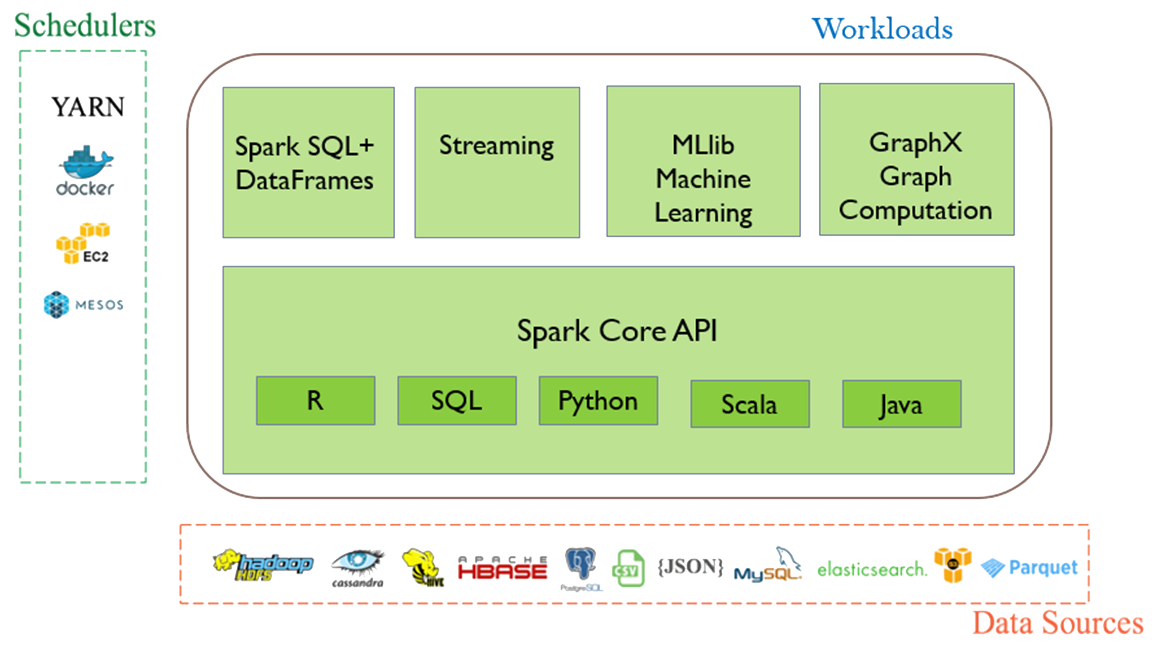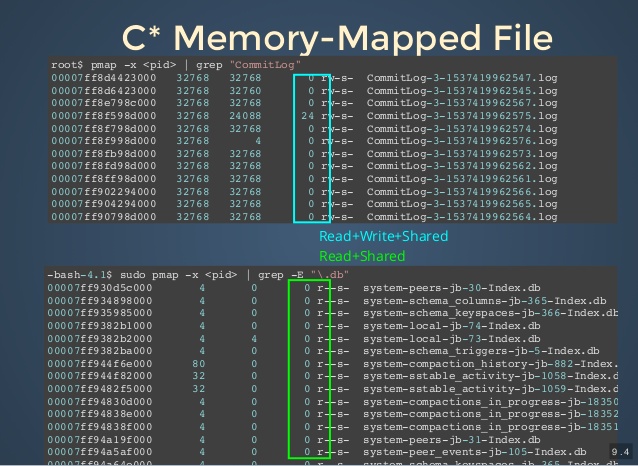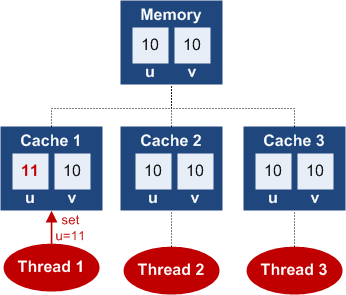
But thankfully, most operating systems can generally map all the memory and access it directly using Java Programming Language. Virtual memory is a way of handling memory. Since only a little of it gets into memory, the page you might request if isn’t available into the memory may result in a page fault. Physical memory should not be confused with storage, such as your hard drive or solid-state disk.

The tool shows statistics about classes on the heap, including the number of objects and their aggregate size.

Performance: Memory-mapped Files are way faster than the standard ones. Use the jmap tool to get memory information for a particular Java process, or list of processes.They can be a large part of the virtual memory usage.

Reserved pages are not backed by either physical or swapped memory. Memory mapped files are special, which allows Java program to access contents directly from memory, this is achieved by mapping whole file or portion of file into memory and operating system takes care of loading page requested and writing into file while application only deals with memory which results in very fast IO operations. This includes anonymous pages, pages swapped out to disk, mapped files and reserved pages among others. The syntax of the constructor is: UUID new UUID (long mostSigBits, long leastSigBits) The argument mostSigBits is used for the MSB (64-bit) of the UUID and leastSigBits becomes LSB (64-bit) of the UUID. The virtual memory returned is the size of the address space of all the processes in each container. Merits of the memory-mapped file are as follows: Java UUID Constructor We can generate different types of UUID by using constructor. But with these merits, also do comes demerits which are shown below:
#Java memory disk map how to#
#Java memory disk map code#
These buffer pools can be used to share memory between Java code and native code, or map regions of a file into memory. So this is one part of the memory lost to this internal bookkeeping.īuffer pools - Many libraries and frameworks allocate buffers outside of the heap to improve performance. Garbage collection - In order for the GC to know which objects are eligible for collection, it needs to keep track of the object graphs. Metaspace (PermGen in older Java versions) - Metaspace stores the Class definitions of your Objects, and some other metadata.Ĭode cache - The JIT compiler stores native code it generates in the code cache to improve performance by reusing it.
#Java memory disk map install#
The stack is cleaned up as stack frames move out of context so there is no GC performed here. Before You Install Oracle Unified Directory 11g Release 1 (11.1.1) 2. The stack stores primitive local variables and object references along with the call stack (list of method invocations) itself.

Thread stacks - Each thread has its own call stack. Heap - The heap is where your Class instantiations or “Objects” are stored.


 0 kommentar(er)
0 kommentar(er)
